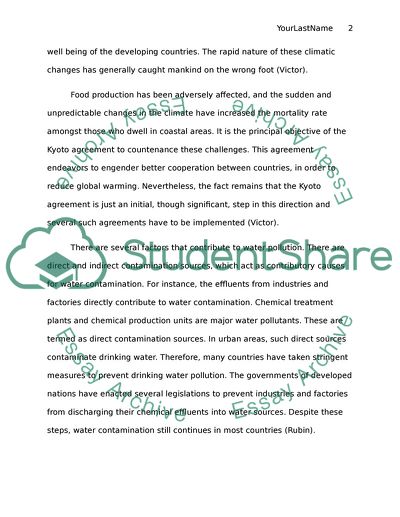Cite this document
(“Not Found (#404) - StudentShare”, n.d.)
Not Found (#404) - StudentShare. Retrieved from https://studentshare.org/environmental-studies/1722911-environment
Not Found (#404) - StudentShare. Retrieved from https://studentshare.org/environmental-studies/1722911-environment
(Not Found (#404) - StudentShare)
Not Found (#404) - StudentShare. https://studentshare.org/environmental-studies/1722911-environment.
Not Found (#404) - StudentShare. https://studentshare.org/environmental-studies/1722911-environment.
“Not Found (#404) - StudentShare”, n.d. https://studentshare.org/environmental-studies/1722911-environment.


